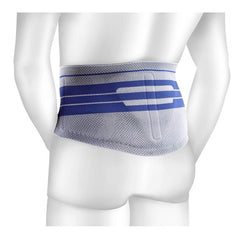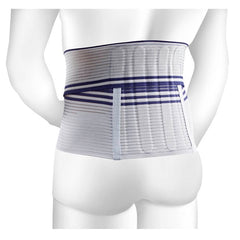How to choose the right back brace?
Back problems are very common amongst all ages, from pregnant women to seniors with arthritis issues. Major causes of back pain include back injuries due to repetitive motion which strains the ligaments and tendons in the lower back region. Some may suffer from irregularities such as scoliosis, spondylodeses.
Your back is one of the most important areas of your body as it houses the spinal chord and spinal nerves. Thus, its important to get on top of any back issues you are experiencing to avoid further muscle imbalance, weakness or progression in the injury.
Usually, a physiotherapist provides advice on whether or not a back brace is required to treat back pain and injury. Back braces provide a safe, surgery-free and drug-free way to relieve back pain.
If you feel back pain or have been diagnosed and a back brace is recommended as part of your treatment, choosing the right back brace is key to a speedier rehabilitation journey and reduction in pain.
Choosing the right back brace will give you peace of mind while you engage in your favorite sport or everyday activity. Take a look at our table below to find the best back brace for your medical condition.
 |
 |
 |
 |
|
LumboTrainFor relief and stabilisation of the lumbar spine. |
SacroLocFor relief and stabilisation of the pelvis and relief of the sacroiliac joints. |
LordoLocFor gentle stabilisation and relief of the lumbar spine. |
LumboLocFor stabilisation and relief of the lumbar spine. |
|
Indications |
||||
| Low back pain (acute and chronic) | • | • | • | |
| Degeneration / muscular insufficiency of the spine | Mild | Moderate | Moderate | |
| C.f prolapse (conservative) | • | |||
| C.f discectomy, prolapse (post-operative) | • | |||
| Facet syndrome / osteoarthritis | Moderate | |||
| SI joint sydnrome, osteoarthritis,instability, blockage | • | |||
| Pelvic girdle instability, e.g. symphysis rupture and loosening | • | |||
| Myalgia, tendinopathy in the pelvic region | • | |||
| Structural disturbances following spondylodeses (L5/S1) | • | |||
| Conservative treatment following pelvic fractures | • |